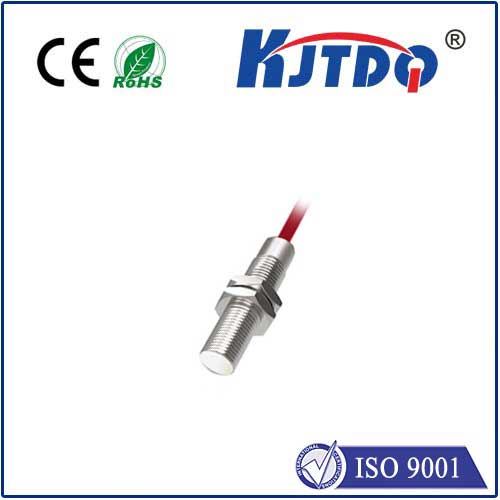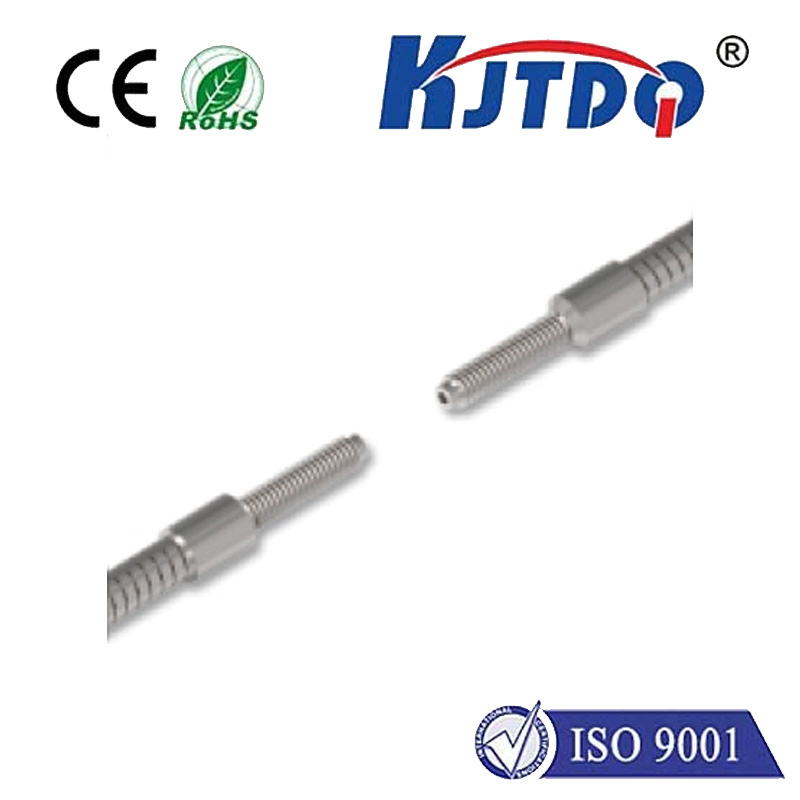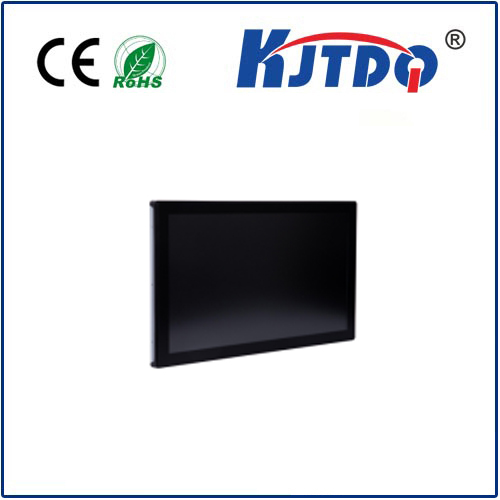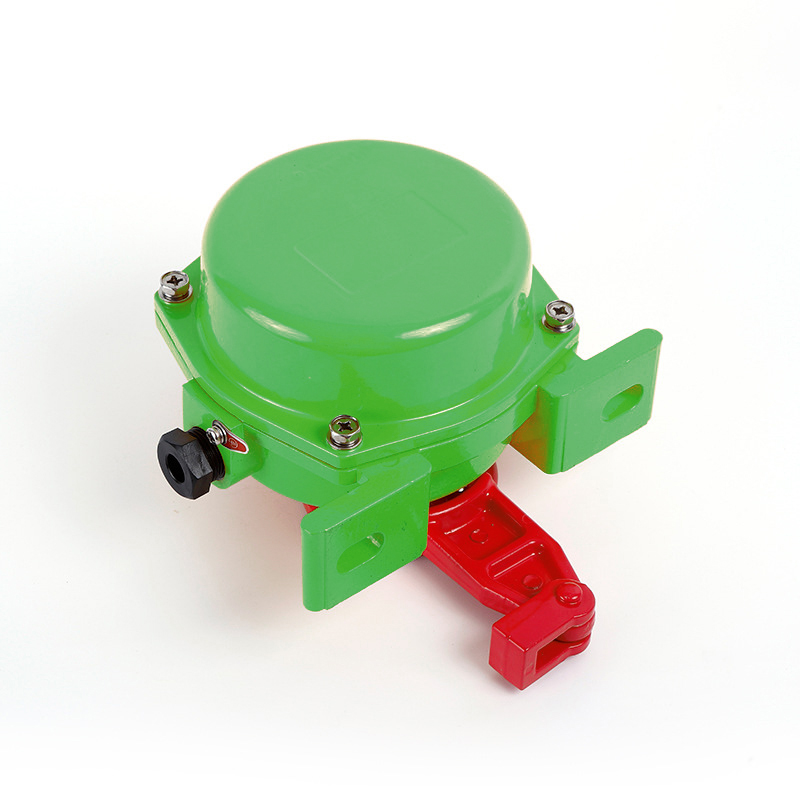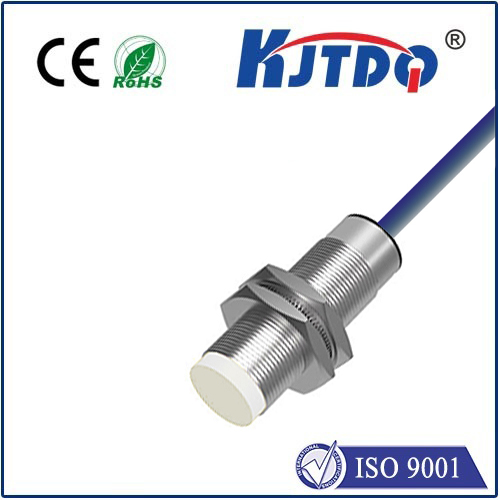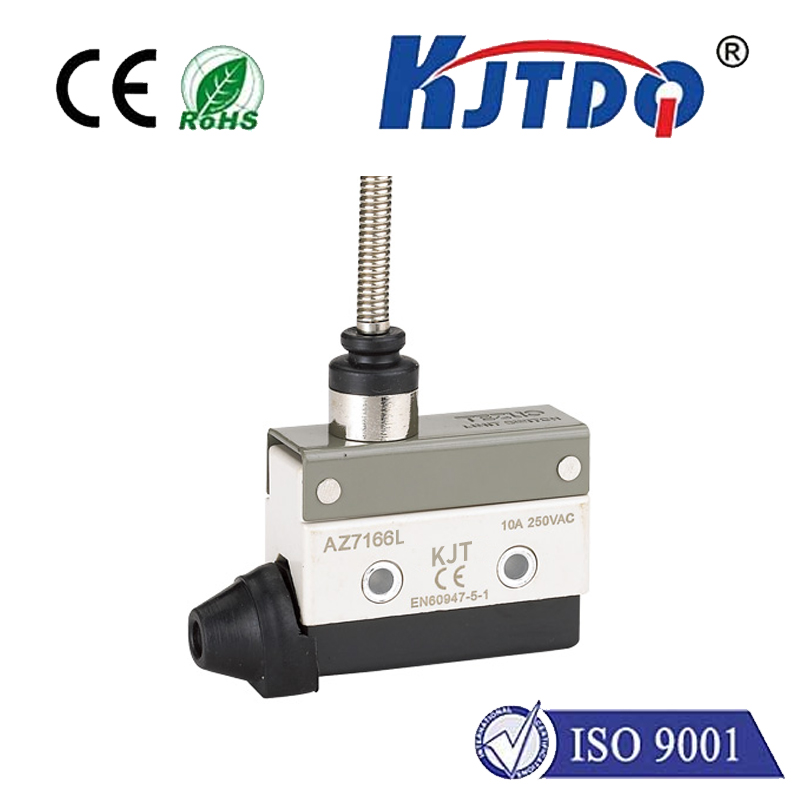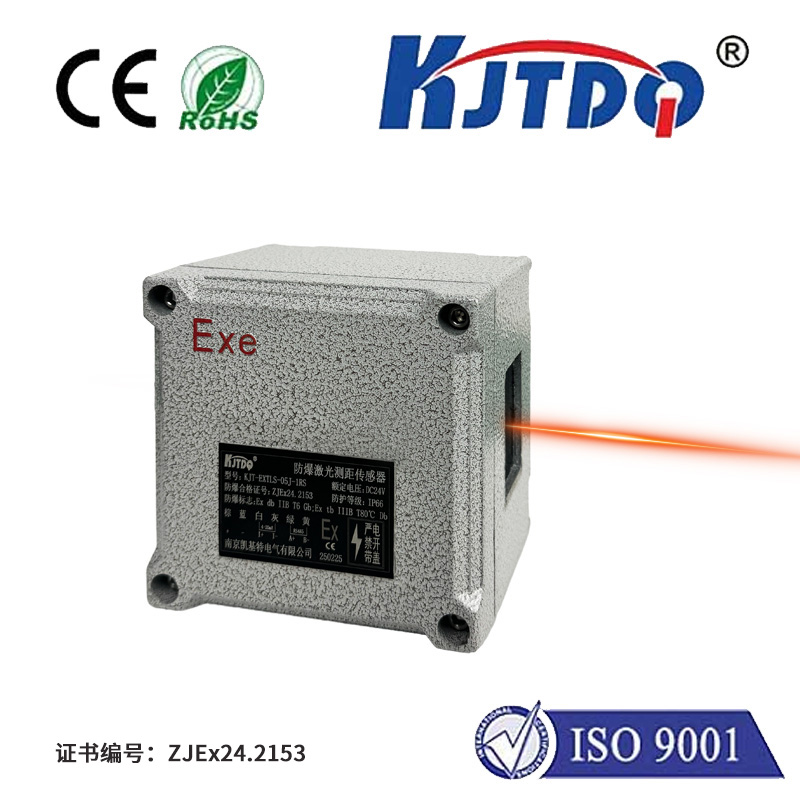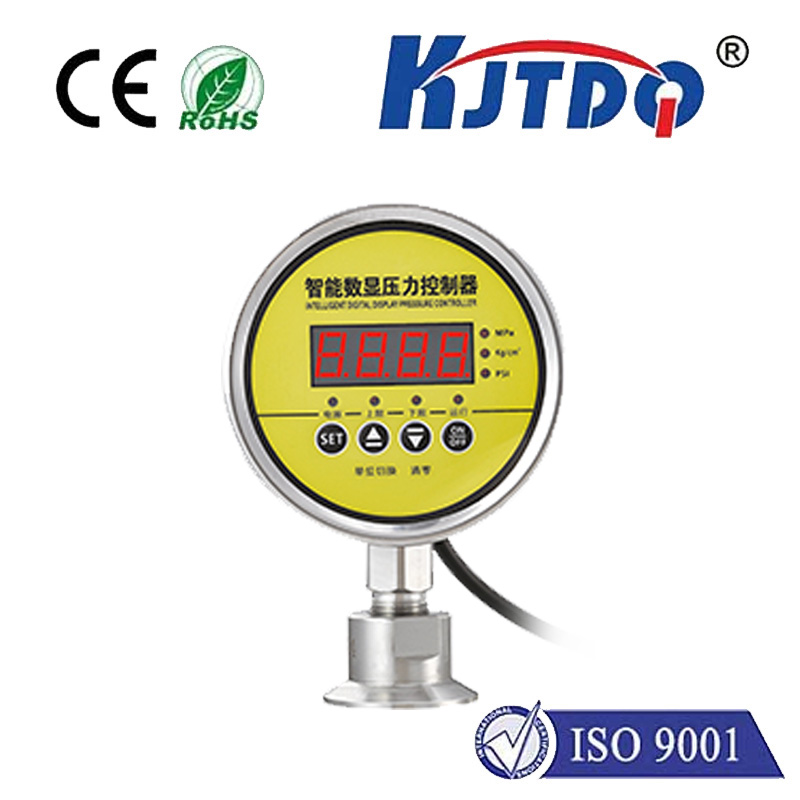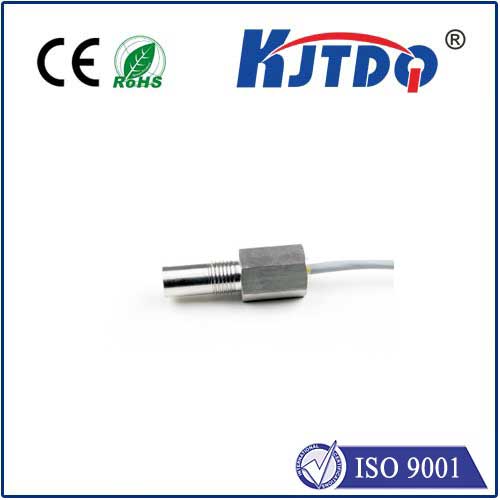analog proximity sensor
- time:2025-06-15 00:36:13
- Click:0
The Unsung Hero of Automation: Your Ultimate Guide to Analog Proximity Sensors
Imagine a robotic arm smoothly gliding towards a delicate component, slowing down with uncanny precision just millimeters before making contact. Or picture a conveyor belt where the speed adjusts dynamically based on the exact position of boxes passing by. This isn’t magic; it’s often the subtle power of the analog proximity sensor at work. While their digital cousins get more fanfare for simple “on/off” detection, analog variants are the maestros of nuanced sensing, providing a continuous stream of critical distance information. Understanding how and why to use them is key to unlocking sophisticated automation and control.
Beyond the Binary: What Makes an Analog Proximity Sensor Different?
The core mission of any proximity sensor is to detect the presence or absence of a nearby object without physical contact. This non-contact detection is invaluable for preventing wear, handling delicate items, and operating in harsh environments. Commonly utilizing inductive principles for metals or capacitive principles for a broader range of materials (including liquids, plastics, and powders), these sensors generate an electromagnetic field. When a target enters this field, it causes a measurable disturbance.
Here’s the crucial distinction:

- Digital Proximity Sensors: These provide a simple, clean signal: OFF when no target is present, and instantly ON when a target enters a predefined detection range. Think of a light switch.
- Analog Proximity Sensors: These offer a continuous output signal. The strength of this signal changes proportionally to the distance between the sensor’s face and the target object. Instead of just “yes/no,” they answer “how far?”
This continuous output typically manifests as a varying voltage (e.g., 0-10V) or current (e.g., 4-20mA) signal. A target very close generates a high voltage or high current; as the target moves away, the output proportionally decreases. This analog signal is the sensor’s detailed report on the target’s position.
Why Choose Analog? The Compelling Advantages
The value of an analog proximity sensor lies entirely in this continuous output capability, offering distinct advantages where precise positioning or distance-proportional control is needed:
- Continuous Distance Measurement: This is the core benefit. It provides real-time feedback on exactly how far an object is, not just that it’s within a certain zone. This enables true position sensing.
- Fine Resolution & Sensitivity: Capable of detecting minute changes in distance, often down to micrometer levels in high-resolution models. This is critical for high-precision applications.
- Gradient Detection & Control: The ability to measure varying distances allows systems to react proportionally. Speed can ramp up or down based on proximity, pressure can be adjusted, or positioning can be fine-tuned continuously. This enables smoother, more sophisticated automation.
- Material Sensitivity Adjustments (Capacitive): Analog capacitive sensors are particularly adept at detecting varying material densities or levels through containers. The changing analog signal reflects the material’s influence on the sensing field.
- Overcoming Digital Limitations: In scenarios where the target moves through the sensing zone at varying speeds or angles, an analog sensor provides a richer data stream than a simple digital switch, allowing for more complex analysis and control logic.
Where Analog Proximity Sensors Truly Shine: Real-World Applications
The unique capabilities of the analog inductive proximity sensor and its capacitive counterpart make them indispensable in numerous demanding applications:
- Precision Positioning & Guidance: Ensuring robotic arms or pick-and-place units maintain exact standoff distances during operation. Critical for welding, dispensing, or assembly tasks.
- Vibration Monitoring: Mounting near rotating machinery (shafts, bearings) allows analog sensors to detect minute changes in distance caused by vibration, enabling predictive maintenance before failures occur.
- Thickness & Warpage Detection: Measuring the distance to a surface at multiple points to verify material thickness consistency or detect warping or bending in metal sheets, plastic parts, or other materials.
- Conveyor Speed Regulation & Spacing Control: Monitoring the exact position of items on a conveyor allows the system to calculate speed dynamically and ensure proper spacing between products. Optimizes throughput and prevents jams.
- Level Sensing & Material Profiling (Capacitive): Ideal for monitoring the level of bulk solids, powders, or granular materials inside tanks or hoppers. The analog signal changes continuously as the material level rises or falls. Can also profile material distribution.
- Press Control & Ejection Monitoring: Ensuring parts are correctly seated in dies by verifying precise distance before a press cycle begins, or confirming that a part has been successfully ejected by sensing its departure distance.
- Suspension & Ride Height Monitoring: In automotive testing and industrial vehicles, measuring the relative distance between chassis and axles or wheels to monitor suspension behavior and ride height.
- Liquid Level Monitoring (Capacitive): Effective for detecting levels of various liquids, including those with low dielectric constants, within non-metallic tanks.
- Crane Collision Avoidance: Providing continuous feedback on the distance between a crane hook or load and potential obstacles, enabling smoother, safer operation.
- Food & Pharmaceutical Processing: Often built with stainless steel housings and high IP ratings for washdown environments, analog sensors monitor fill levels, positions, or presence continuously.
Selecting the Right Analog Sensor: Key Considerations
Not all analog proximity sensors are created equal. Making the right choice involves several factors:
- Technology: Inductive (best for metals) or Capacitive (best for non-metals, liquids, powders). Define your target material first.
- Sensing Range: The maximum distance at which a standard target will reliably influence the sensor’s output. Choose based on your maximum required operating distance.
- Output Signal: Voltage (e.g., 0-10V) or Current (e.g., 4-20mA). Current loops (4-20mA) are often preferred for industrial environments due to better noise immunity and resistance to voltage drop over long cable runs.
- Linearity: How consistently the output signal corresponds to the actual distance across the entire sensing range? High linearity is crucial for precision measurement applications. This is often specified as a percentage deviation (e.g., < ±1% FS).
- Resolution: The smallest detectable change in distance. Critical for high-accuracy tasks.
- Repeatability: How consistently the sensor returns to the same output value for the same target distance under identical conditions.
- Response Time: How quickly the sensor reacts to a rapid change in distance. Measured in milliseconds (ms).
- Housing Material & IP Rating: Critical for environmental suitability. Choose materials like stainless steel and ratings like IP67 or IP69K for harsh, washdown, or outdoor environments.
- Temperature Range: Ensure the sensor operates reliably within your application’s ambient temperature range.
- Electrical Specifications: Supply voltage requirements and output loading.
| Feature Comparison: Analog Proximity Sensors vs. Other Common Sensors |
| Feature |
Analog Proximity Sensor |
Digital Proximity Sensor |
| Output Signal |
Continuous (Voltage/Current) |
Discrete (On/Off) |
| Information Provided |
Exact Distance Measurement |
Presence/Absence within a Zone |
| Resolution |
Very High (Micron level possible) |
Low (Binary) |
| **Typ |












